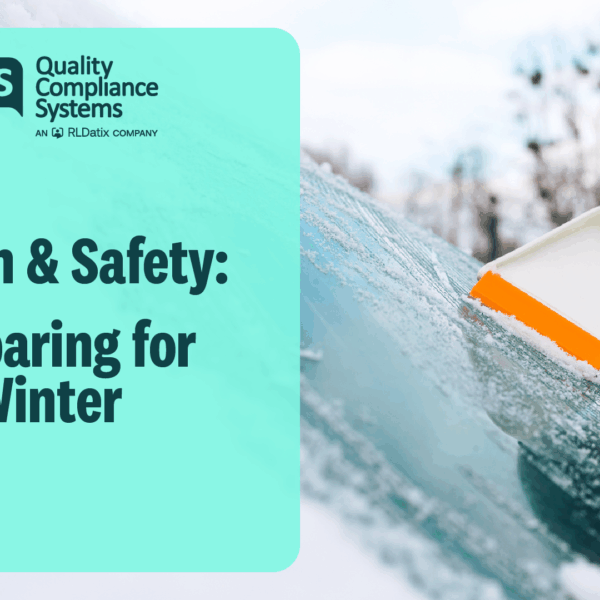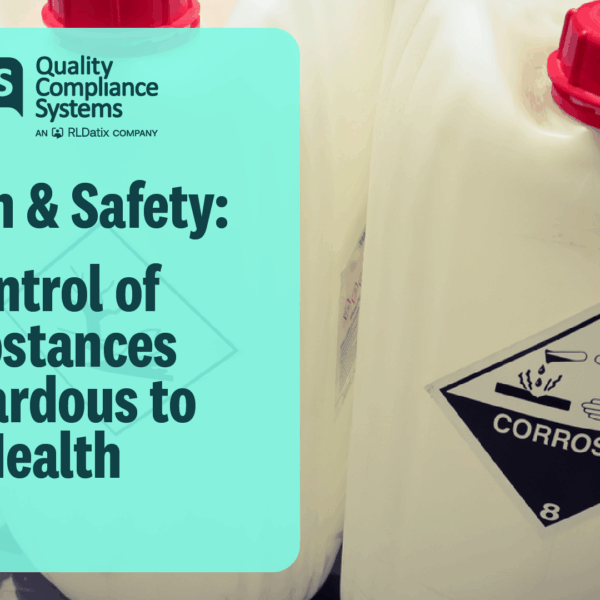Mealtimes are a crucial part of the day, not only for nutrition but also for providing routine and comfort. For individuals with dementia, creating an optimal environment for eating and drinking can significantly enhance their overall health and wellbeing.
Here are some essential tips and strategies to make mealtimes more enjoyable and effective for those with dementia.
Ensure Alertness
It’s important that individuals are wide awake and alert during meals to prevent choking and ensure they consume enough food and drink. If they are drowsy, the risk of food going down the wrong way increases. Here are some tips to ensure alertness:
- Allow plenty of time for the person to wake up before meals
- Use verbal and sensory prompts to help them understand it’s a mealtime
- Identify the time of day when they are most alert and schedule their biggest meals accordingly
- Check if medications are causing drowsiness and consult with a healthcare professional if necessary
- Monitor for signs of illness or infection which could contribute to sleepiness
- Provide high-calorie foods and snacks to ensure they receive adequate nutrition even if they eat less
Create a Calm and Comfortable Environment
The dining environment plays a significant role in how well a person can eat and drink. A calm and clutter-free setting can help individuals with dementia focus on their meal:
- Keep the environment calm with minimal chatter and clatter
- Ensure plenty of space at the table to avoid feelings of crowding
- Play soft music to create a soothing atmosphere
- Turn off any competing noises like the radio or TV
- Consider the seating arrangement. Some individuals may eat better with company, while others may prefer to eat alone
Prepare for Mealtimes
Preparation is key to making mealtimes successful:
- Use appetizing smells to encourage eating
- Eliminate any off-putting smells from the dining area
- Set the table just before the meal to avoid agitation
- Use familiar crockery and table settings to help individuals recognise that it’s a mealtime
- Provide verbal reminders and prompts throughout the meal
Address Physical and Sensory Needs
Ensuring that the person is physically and mentally prepared for a meal is essential:
- Encourage a routine of washing hands and using the restroom before meals
- Talk about the food and the mealtime process to prepare their mind and body
- Make sure the food contrasts with the colour of the plate to make it more visible
- Use plain tablecloths to avoid confusion with patterns
- Familiar items, like a favourite china tea cup, can help them recognise what they are eating or drinking
Offer Assistance and Flexibility
Be flexible and attentive to the individual’s needs:
- Check for pain or medication side effects if the person is restless
- Let them walk around if needed before the food arrives
- Provide snacks between meals to ensure adequate calorie intake
- Use visual and verbal cues to maintain focus during the meal
Creating a supportive and understanding environment can make a significant difference in the mealtime experience for individuals with dementia. By following these tips, caregivers can help ensure that mealtimes are not only nutritious but also a pleasant and comforting part of the day.
Filter Posts:











